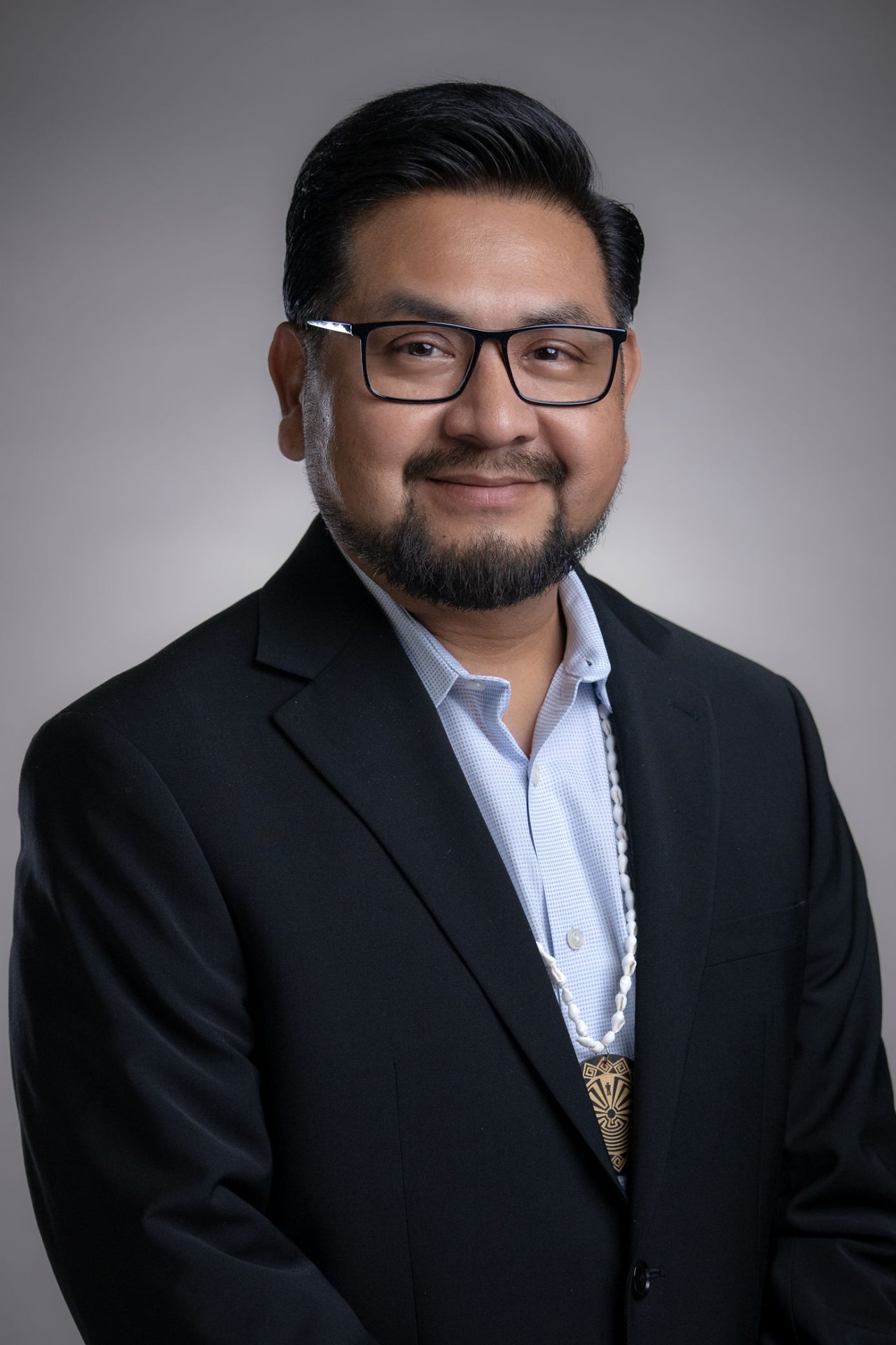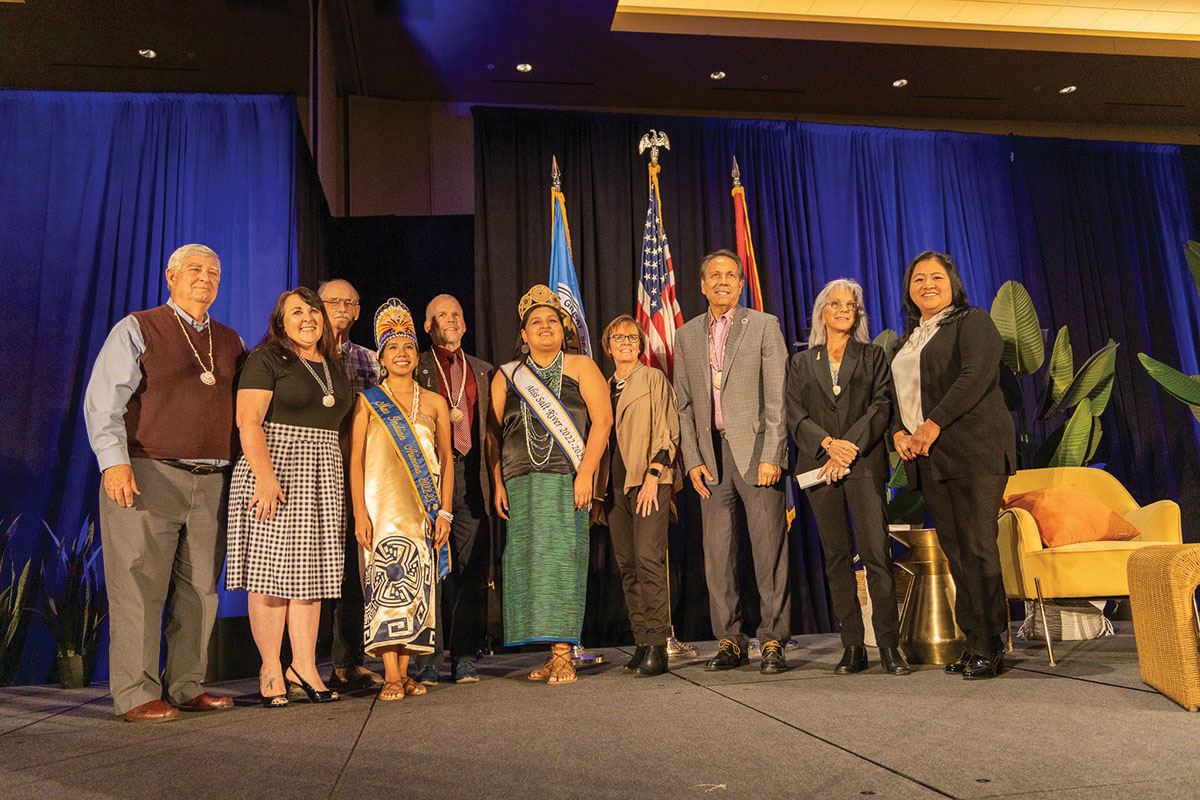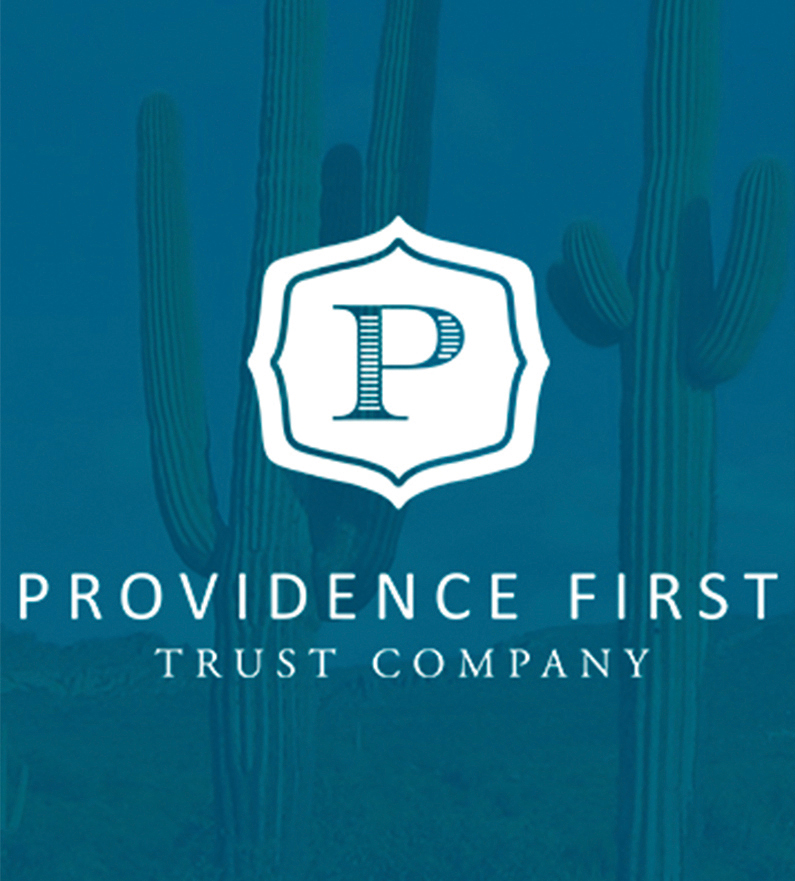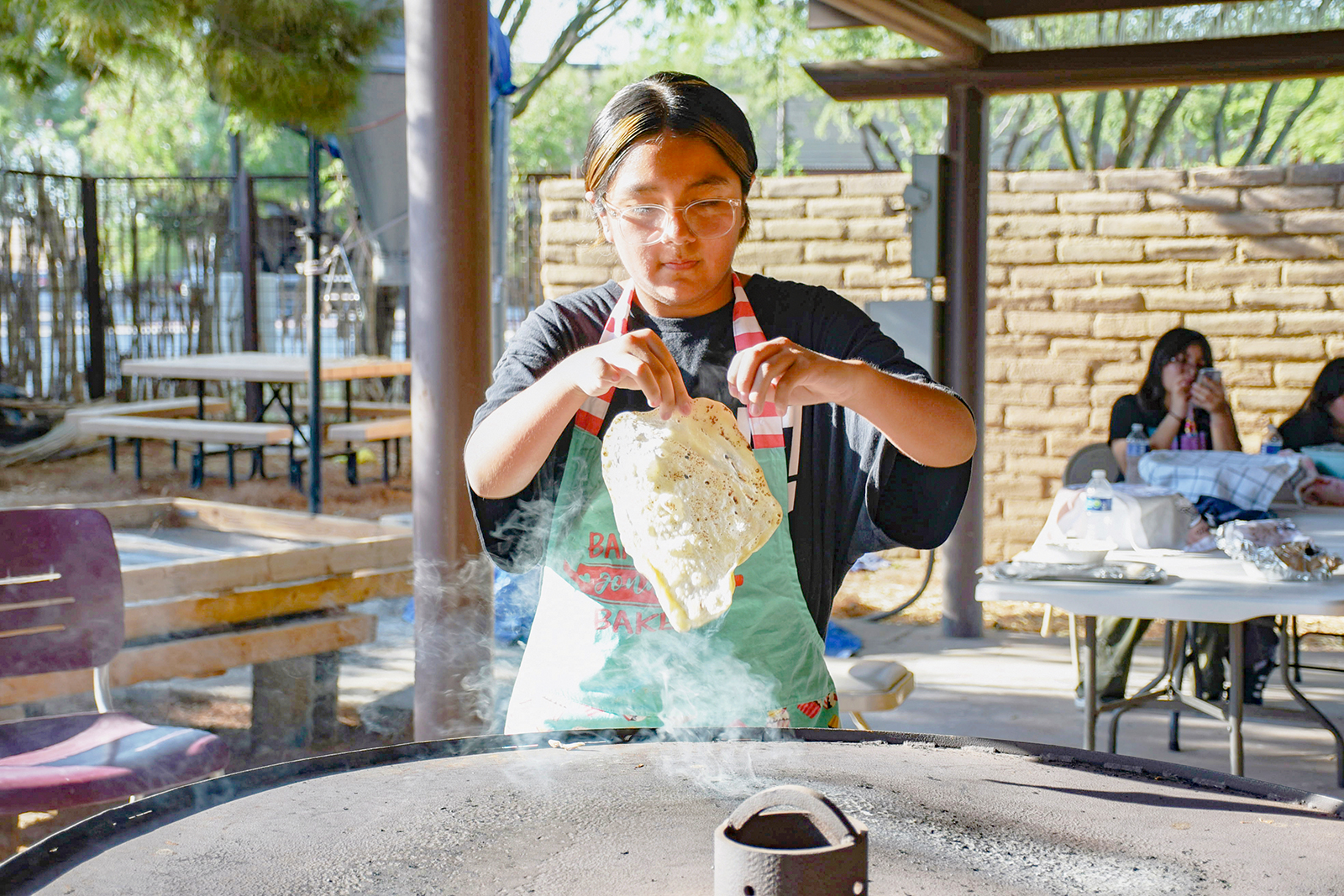VIEWS: 1294
November 18, 2024SRPMIC Assistant Community Manager Spotlight: Doran Dalton
Over the next few issues of O’odham Action News, we will be highlighting the Salt River Pima-Maricopa Indian Community’s four assistant community managers (ACM) as part of a new awareness campaign to spotlight ACM responsibilities and the government departments they each oversee. The idea is to allow the Community at large to get to know the ACMs better, both personally and professionally.
Next is Assistant Community Manager Doran Dalton, who oversees Police, Community Development, Public Works, Transportation and Community Regulatory.
Why did you become an ACM?
I felt like there was a lot more that I could and should be contributing to this Community, which has supported and contributed to my personal, academic and professional growth through the 30 years that I’ve worked for the tribe. I also wanted my contributions to be for the Community as a whole. I wanted our members and employees to see that they could accomplish big things if they set their minds to it and put in the work, because that’s what I’ve always tried to do. I also hoped that I could be a positive influence on anyone, even if it was just one person, because seeing our members do well by moving up into leadership roles in the Community is something that has really inspired me to work harder to try to better myself so that I could move up as well. So, when the opportunity came up to apply for a position that plays such a pivotal role in guiding and directing the way we do things, I jumped at that chance. It was scary, and I didn’t know what to expect, but I’m so happy that I mustered up the courage to put myself out there and accept the challenge.
What is your main goal in the role?
It’s hard to pick a main goal because the day-to-day is so varied and each day we see where we have opportunities for improvement. But if I boiled it all down, I would have to say that my main goal is to build a leadership and empowerment culture within our tribal government. I believe that we have leaders at every level of employment within the government, and in the Community as well. I think that it’s our job as leaders to help identify those leaders, empower them with responsibility, and then help to coach and mentor them so that they can coach and mentor those around them. I think that by sharing knowledge and giving people positive reinforcement, we can make positive changes in our Community because those things (the positive things) will start to be noticed and seen by our members, especially the kids in this Community who are so impressionable and who maybe feel like they don’t have any role models that they can relate to. But when they see their parents, brothers and sisters, other relatives and even their friends becoming leaders and having a positive influence in the Community, they’ll start to notice all of the good that our people are capable of and not focus on negativity or the bad things that we seem to hear about so often around our Community.
What effort/project are you most proud of?
There are a lot of projects that we’re currently working on that I’m excited to be part of because I think that our government, our Community, and its members are going to benefit greatly from them, so I’m excited to see those goals come to fruition. One project that I’m proud of that I helped to “carry across the finish line” in my old role is the Native Street Name Project, done by a collaborative team that consisted of staff from Engineering and Construction Services, Public Works, Emergency Services, Cultural Resources and outside entities like the U.S. Postal Service, Google, Apple and Bing. We were able to get some of our streets renamed in the O’odham and Piipaash languages. It was a team effort, and one that I’m very proud to have been a part of, because having Native-language street names is a step in the right direction of showing our identity and who we are as O’odham and Piipaash people.
Tell us about your family.
I’m very blessed to be a part of the family that I have. My maternal grandmother is the late Gloria Loma (bot), from the Andreas family in Lehi, and my mom is Letitia Dalton. I have five brothers and two sisters; I also have two nieces and six nephews. My family has always been super supportive and loving, and we try to do things together that we all enjoy, like camping, fishing and going to sporting events. I’m married, and my wife and I enjoy traveling, going to concerts and hanging out with our friends.
What are some of your hobbies?
I love doing outdoorsy things like camping, fishing, hunting (when I get drawn) and paddle-boarding. I also like watching movies, cooking, reading, listening to music and writing. Recently I’ve started drawing with the hope that at some point I can start painting. When I was a kid, I used to draw all the time, so I’m hoping to resurrect that creative and artistic spirit that I once had at a young age.
What did you originally want to be when you grew up?
Way back, I wanted to be an astronomer because I loved looking at all the stars and constellations as a kid. When I found out that being an astronomer meant something other than just looking up at the stars, I decided that I wanted to be an architect. Like I said earlier, I used to love to draw when I was a kid, and when I was in junior high I started to really like math and science. So, I thought that architecture would be a good balance of math and science, and I could still have some artistic creativity with the design. When I was a senior in high school and working for the Community in the In-School Work Program, I helped to design a couple of structures that were built on the Community, and I know that at least one of them is still standing [laughs]. After that experience, I realized that architecture really wasn’t my thing, and I decided to pursue other interests.







